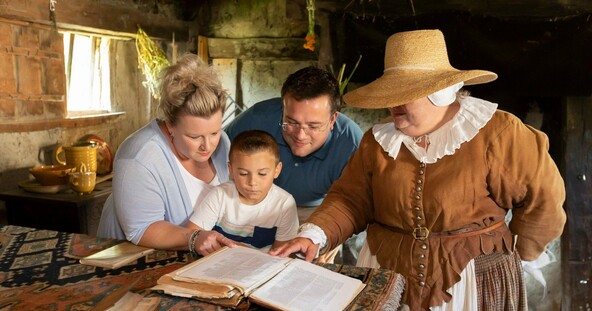
Homework Help
Homework? We Can Help!
Plimoth Patuxet historians have written these essays to help you with your homework and projects.
Banner Image by Kathy Tarantola Photography
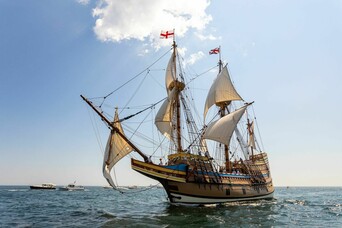
Mayflower and Mayflower Compact
Would you have liked to travel on a small ship with more than 100 other people, all of their belongings, and possibly some farm animals – for 66 days? That’s what the Pilgrims did in the year 1620, on a ship called Mayflower.
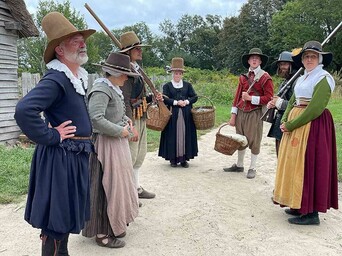
Who Were the Pilgrims?
The people we know as Pilgrims have become so surrounded by legend that we are tempted to forget that they were real people. Against great odds, they made the famous 1620 voyage aboard the ship Mayflower and founded Plymouth Colony, but they were also ordinary English men and women. To understand them, it is important that we look beyond the legend.
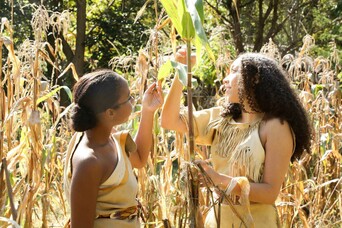
Who are the Wampanoag?
Our name, Wampanoag, means People of the First Light. In the 1600s, we had as many as 40,000 people in the 67 villages that made up the Wampanoag Nation. These villages covered the territory along the east coast as far as Wessagusset (today called Weymouth), all of what is now Cape Cod and the islands of Natocket and Noepe (now called Nantucket and Martha's Vineyard), and southeast as far as Pokanocket (now Bristol and Warren, Rhode Island).
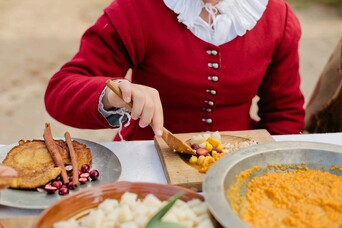
Thanksgiving
People across the world have been celebrating and giving thanks for thousands of years. In this country, long before English colonists arrived, Native People celebrated many different days of thanksgiving.
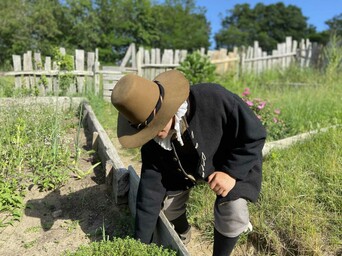
Growing Food
Food was very important to both the Wampanoag and English. Most of the work done by both cultures had to do with gathering, growing and preparing food. For both cultures, good or bad harvests could mean the difference between comfort and hardship.
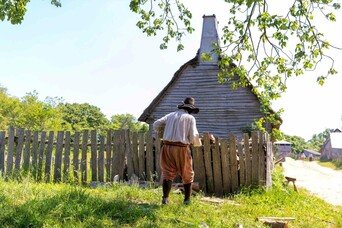
Building a Home
Although the materials and construction techniques of English and Wampanoag houses were different, their functions were the same. Dwellings were the hub of family life, providing protection from the elements as well as space for work, recreation and storage. They also offered shelter to guests or travelers and were, at times, used for family prayer or spiritual gatherings.
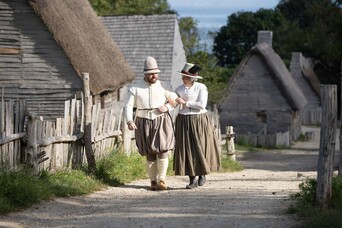
What to Wear?
Dress is important and unique to every culture. Many cultures dress as they do because certain materials are easier to find than others. Each culture also dresses according to its own standard of modesty and its needs for protection from the climate. Individuals may dress in certain ways to express who they are as people.
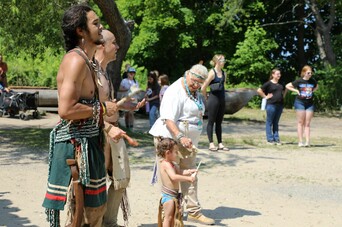
Playing and Learning
Learn about the different games and ways that children learned in both the Wampanoag and Pilgrim communities.
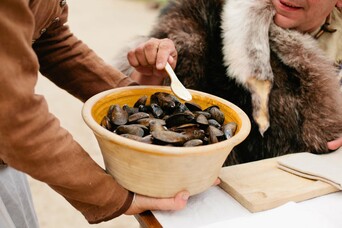
What's For Dinner?
In the 1600s everyone ate according to the season. Back then many foods were available only at certain times of the year. No matter how much money you had, there were some foods that you just couldn't have.
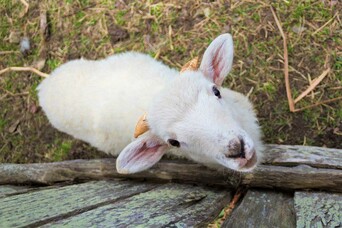
Animals
In the 1600s, Wampanoag People believed that all creatures were equal. They did not keep any animals as pets. They respected all animals on earth and believed that they were free to live their lives the way that was natural for them. Wampanoag People believed that animals had lives and families that shouldn’t be needlessly interrupted.
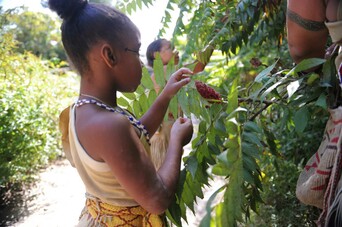
A Child's Role
Learn how children were raised during the 1600s in both the Wampanoag and Pilgrim communities.
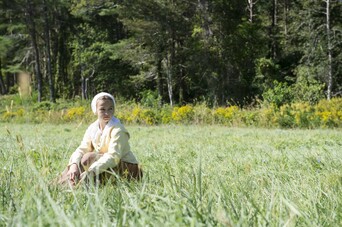
What Happened to Sarah Morton?
If you’ve read the book Sarah Morton's Day, you probably learned a lot about a day in the life of a Pilgrim girl. But, that was just oneday of her life. There were many other days!
Header Image by Kathy Tarantola Photography